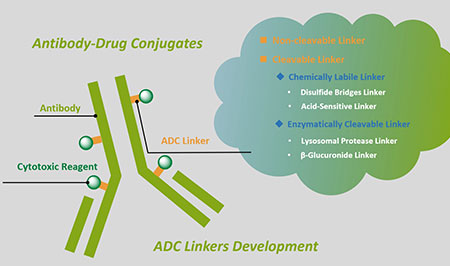1. Lactose esters: synthesis and biotechnological applications
Maciej Guzik, Ewelina Cichoń, Janusz M Dąbrowski, Jakub Staroń Crit Rev Biotechnol . 2018 Mar;38(2):245-258. doi: 10.1080/07388551.2017.1332571.
Biodegradable nonionic sugar esters-based surfactants have been gaining more and more attention in recent years due to their chemical plasticity that enables the various applications of these molecules. In this review, various synthesis methods and biotechnological implications of lactose esters (LEs) uses are considered. Several chemical and enzymatic approaches are described for the synthesis of LEs, together with their applications, i.e. function in detergents formulation and as additives that not only stabilize food products but also protect food from undesired microbial contamination. Further, this article discusses medical applications of LEs in cancer treatment, especially their uses as biosensors, halogenated anticancer drugs, and photosensitizing agents for photodynamic therapy of cancer and photodynamic inactivation of microorganisms.
2. [Evaluation of the Oral Absorption of Ester-type Prodrugs]
Kayoko Ohura Yakugaku Zasshi . 2020;140(3):369-376. doi: 10.1248/yakushi.19-00225.
The first-pass hydrolysis of oral ester-type prodrugs in the liver and intestine is mediated mainly by hCE1 and hCE2 of the respective predominant carboxylesterase (CES) isozymes. In order to provide high blood concentrations of the parent drugs, it is preferable that prodrugs are absorbed as an intact ester in the intestine, then rapidly converted to active parent drugs by hCE1 in the liver. In the present study, we designed a prodrug of fexofenadine (FXD) as a model parent drug that is resistant to hCE2 but hydrolyzed by hCE1, utilizing the differences in catalytic characteristics of hCE1 and hCE2. In order to precisely predict the intestinal absorption of an FXD prodrug candidate, we developed a novel high-throughput system by modifying Caco-2 cells. Further, we evaluated species differences and aging effects in the intestinal and hepatic hydrolysis of prodrugs to improve the estimation of in vivo first-pass hydrolysis of ester-type prodrugs. Consequently, it was possible to design a hepatotropic prodrug utilizing the differences in tissue distribution and substrate specificity of CESs. In addition, we successfully established three useful in vitro systems for predicting the intestinal absorption of hCE1 substrate using Caco-2 cells. However, some factors involved in estimating the bioavailability of prodrugs in human, such as changes in recognition of drug transporters by esterification, and species differences of the first-pass hydrolysis, should be comprehensively considered in prodrug development.
3. A Ketone Ester Drink Lowers Human Ghrelin and Appetite
Kieran Clarke, Malgorzata Cyranka, Brianna J Stubbs, Pete J Cox, Rhys D Evans, Heidi de Wet Obesity (Silver Spring) . 2018 Feb;26(2):269-273. doi: 10.1002/oby.22051.
Objective:The ketones d-β-hydroxybutyrate (BHB) and acetoacetate are elevated during prolonged fasting or during a "ketogenic" diet. Although weight loss on a ketogenic diet may be associated with decreased appetite and altered gut hormone levels, it is unknown whether such changes are caused by elevated blood ketones. This study investigated the effects of an exogenous ketone ester (KE) on appetite.Methods:Following an overnight fast, subjects with normal weight (n = 15) consumed 1.9 kcal/kg of KE, or isocaloric dextrose (DEXT), in drinks matched for volume, taste, tonicity, and color. Blood samples were analyzed for BHB, glucose, insulin, ghrelin, glucagon-like peptide 1 (GLP-1), and peptide tyrosine tyrosine (PYY), and a three-measure visual analogue scale was used to measure hunger, fullness, and desire to eat.Results:KE consumption increased blood BHB levels from 0.2 to 3.3 mM after 60 minutes. DEXT consumption increased plasma glucose levels between 30 and 60 minutes. Postprandial plasma insulin, ghrelin, GLP-1, and PYY levels were significantly lower 2 to 4 hours after KE consumption, compared with DEXT consumption. Temporally related to the observed suppression of ghrelin, reported hunger and desire to eat were also significantly suppressed 1.5 hours after consumption of KE, compared with consumption of DEXT.Conclusions:Increased blood ketone levels may directly suppress appetite, as KE drinks lowered plasma ghrelin levels, perceived hunger, and desire to eat.







